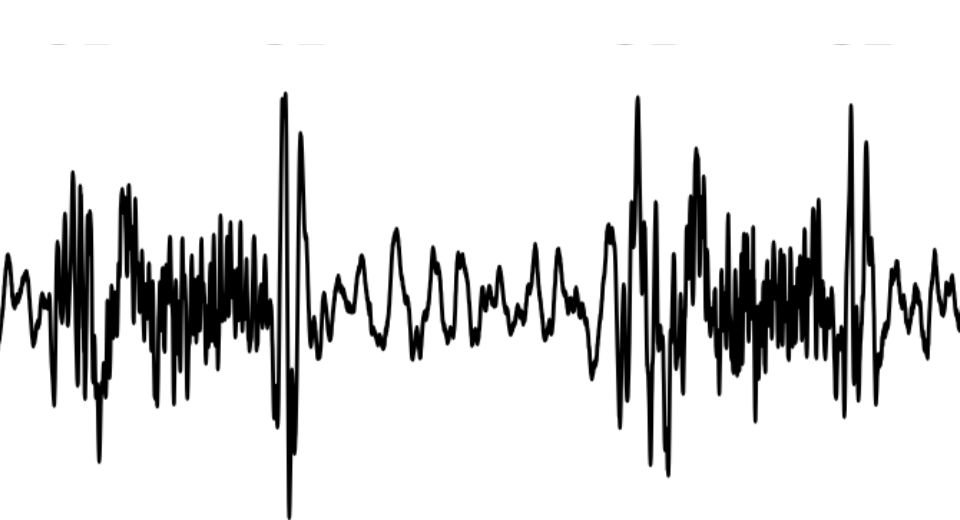HQ Team
April 13, 2025: Cambridge researchers have invented a device to record heart sounds accurately and diagnose coronary valve diseases better than traditional stethoscopes.
Researchers at the University of Cambridge have developed a handheld device, about the diameter of a drinks coaster.
The device with its larger, flexible sensing area can also be used over clothing, making it more comfortable for patients – especially women – during routine check-ups or community heart health screening programmes.
It can also be used by people without medical training and can work even if it is not placed exactly on the chest.
The heart sound recordings can be saved on the device, which can then be used to detect signs of heart valve disease.
Six sensor device
While a regular or electronic stethoscope has a single sensor, the Cambridge-developed device has six, meaning it is easier for the doctor or nurse – or even someone without any medical training – to get an accurate reading.
Between each of the six sensors is a gel that absorbs vibration, so the sensors don’t interfere with each other.
The researchers tested the device on healthy participants with different body shapes and sizes and recorded their heart sounds.
The researchers are also developing a machine-learning algorithm that can detect signs of valve disease automatically. Early tests of the algorithm suggest that it outperforms GPs in detecting heart valve disease.
Heart valve disease (valvular heart disease or VHD) has been called the ‘next cardiac epidemic,’ with a prognosis worse than many forms of cancer.
Early detection
Up to 50% of patients with significant VHD remain undiagnosed, and many patients only see their doctor when the disease has advanced and they are experiencing significant complications.
In the UK, the National Health Service (NHS) and National Institute for Health and Care Excellence have identified early detection of heart valve disease as a key goal, both to improve the quality of life for patients and to decrease costs.
An examination with a stethoscope, or auscultation, is the way that most diagnoses of heart valve disease are made. However, just 38% of patients who present to their GP with symptoms of valve disease receive an examination with a stethoscope.
“The symptoms of VHD can be easily confused with certain respiratory conditions, which is why so many patients don’t receive a stethoscope examination,” said Professor Anurag Agarwal from Cambridge’s Department of Engineering, who led the research.
Echocardiogram
“However, the accuracy of stethoscope examination for diagnosing heart valve disease is fairly poor, and it requires a GP to conduct the examination.”
The ‘gold standard’ for diagnosing heart valve disease is an echocardiogram, but this can only be done in a hospital and NHS waiting lists are extremely long – between six to nine months at many hospitals.
“To help get waiting lists down, and to make sure we’re diagnosing heart valve disease early enough that simple interventions can improve quality of life, we wanted to develop an alternative to a stethoscope that is easy to use as a screening tool,” said Agarwal.
A stethoscope examination requires patients to partially undress, which is both time-consuming in short GP appointments and can be uncomfortable for patients.
‘Scalable solution’
“If successful, this device could become an affordable and scalable solution for heart health screening, especially in areas with limited medical resources,” said Agarwal.
The researchers said that the device could be a useful tool to triage patients who are waiting for an echocardiogram so that those with signs of valve disease can be seen in a hospital sooner.
A patent has been filed on the device by Cambridge Enterprise, the University’s commercialisation arm. The results of the study were reported in the IEEE Journal of Biomedical and Health Informatics.
